Watch this video for more information on how to create a new rule without using a template.
Want more?
I want to make sure emails that have my email address in the To box stay in my inbox; that some other rule doesn't move or delete it.
On the Home tab, I click Rules, and click Manage Rules & Alerts. Click New Rule.
I click the Apply rule on messages I receive blank rule and click Next.
In conditions, I check "where my name is in the To box", and click Next.
In actions, I check "stop processing more rules".
With just this action, if my name is in the To box of an email, it'll stay in my inbox.
I click Next. I don't want any exceptions, so I click Next again.
The default title is fine, so I click Finish. The new rule's in my list of rules, and I click OK.
I just started on a new project for Coho winery. Emails are flying fast and furious. I need a rule to help tame them.
On the Home tab, I click Rules, and click Manage Rules & Alerts. Click New Rule.
I click the Apply rule on messages I receive blank rule, and click Next.
In conditions, I check "with specific words in the subject or body".
In the edit box, I click the underlined text, "specific words", type Coho, click Add, click OK, and click Next.
In actions, I click "move it to the specified folder", "assign it to the category category" and "stop processing more rules".
In the edit box, I click the underlined text, "category", check the Coho category, click OK.
In the edit box again, click the underlined text, "specified", click New, type Coho, click OK, click OK, and click Next.
I don't want any exceptions, so I click Next. Type a descriptive title, and click Finish.
Outlook displays a warning that says this rule will run only when Outlook is running.
This is referred to as a client-only rule.
Certain conditions, actions, and exceptions can only occur in Outlook, not your email server.
For example, an email alert window can only be displayed if Outlook is running. The same is true for playing a sound.
If you create a rule that has at least one condition, action, or exception that can only occur in Outlook, it's a client-only rule.
I click OK, and the Coho rule is in my list of rules. Next to the rule it says client-only.
The rule is client-only because Outlook has to be running to assign it to a category. I click OK to close Rules and Alerts. Up next, manage, change, stop, and delete rules.
No comments:
Post a Comment